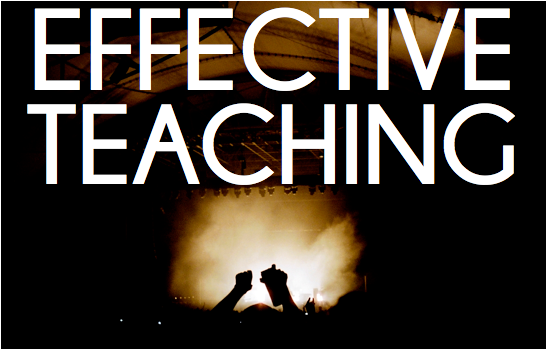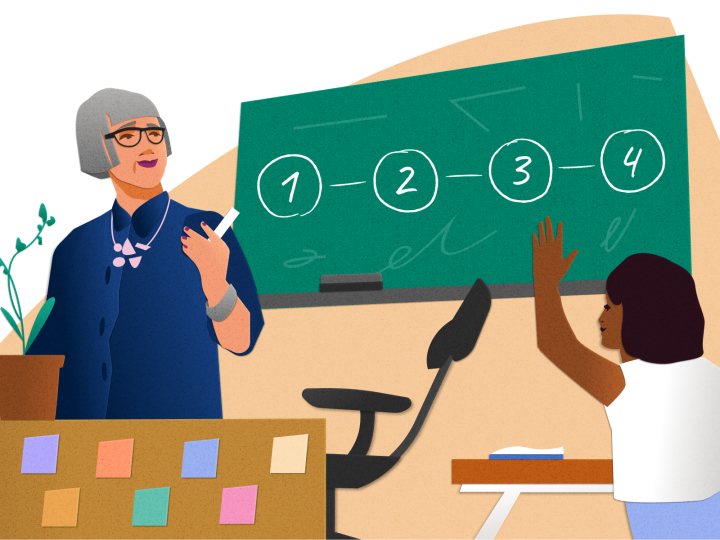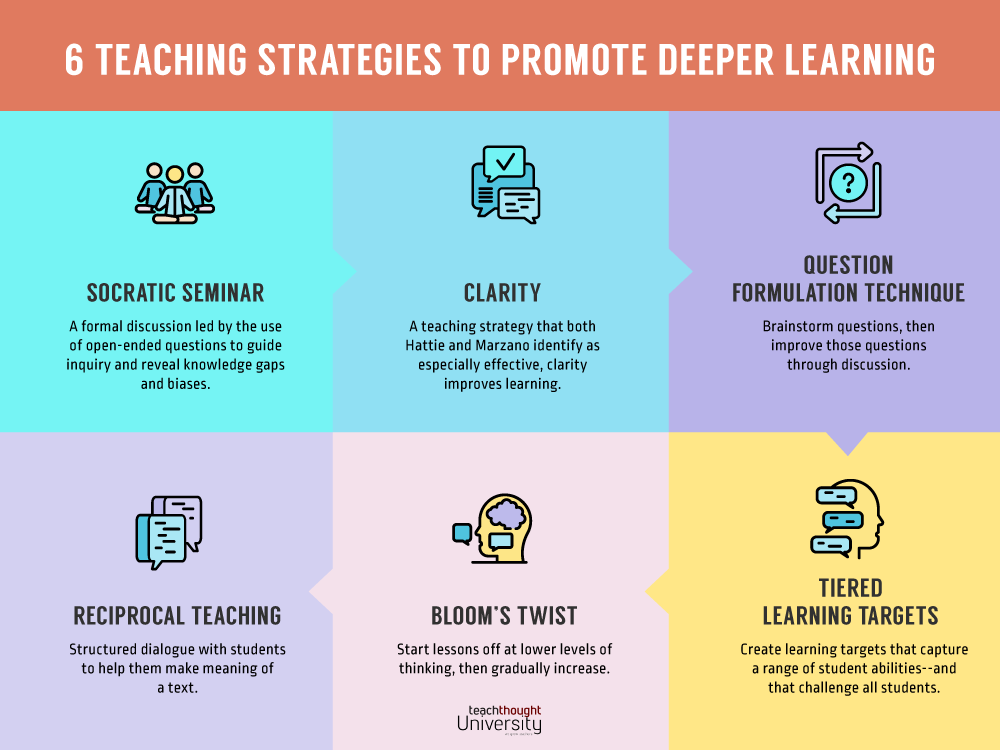Teaching Strategies are important in affecting learning because they can help teachers to create a more effective and engaging learning environment. By using a variety of teaching strategies, teachers can cater to the different learning styles of their students and help them to achieve their full potential. In this article, we will explore the importance of teaching strategies and discuss some effective teaching strategies that can be used in the classroom. We will also provide tips for choosing the right teaching strategies for your students.

What are Teaching Strategies?
Definition of Teaching Strategies
Teaching strategies are methods and techniques used by teachers to deliver instruction and facilitate learning. They involve a range of approaches, activities, and resources that are designed to engage students, promote understanding, and achieve specific learning objectives.
Teaching strategies can be categorized in various ways, such as by their focus (e.g., content-based, skill-based, or learner-centered), their delivery method (e.g., direct instruction, cooperative learning, or inquiry-based learning), or their use of technology (e.g., technology-enhanced learning or blended learning).
| Teaching Strategy | Description |
|---|---|
| Direct Instruction | A teacher-centered approach where the teacher provides explicit instruction and guidance to students. |
| Cooperative Learning | A student-centered approach where students work together in small groups to achieve a common goal. |
| Inquiry-Based Learning | A student-centered approach where students actively investigate and explore a topic to construct their own understanding. |
Importance of Teaching Strategies
Teaching strategies play a crucial role in effective teaching and learning. They help teachers to:
- Create a positive and engaging learning environment
- Cater to the diverse learning needs of students
- Promote student motivation and engagement
- Facilitate effective knowledge acquisition and retention
- Develop critical thinking and problem-solving skills
By carefully selecting and implementing appropriate teaching strategies, teachers can create a more effective and rewarding learning experience for their students.

How Teaching Strategies Affect Learning
Enhanced Engagement and Motivation
Effective teaching strategies can significantly enhance student engagement and motivation. By incorporating interactive activities, hands-on experiences, and real-world connections, teachers can make learning more relevant and engaging for students. This increased engagement leads to greater motivation and a desire to learn, which ultimately improves student outcomes.
Improved Knowledge Acquisition and Retention
Well-chosen teaching strategies can facilitate effective knowledge acquisition and retention. By using a variety of methods, such as visual aids, storytelling, and group discussions, teachers can cater to different learning styles and help students to better understand and remember the material. This improved understanding leads to better retention and long-term recall of information.
| Teaching Strategy | Benefits |
|---|---|
| Visual Aids | Enhanced understanding and retention |
| Storytelling | Increased engagement and motivation |
| Group Discussions | Improved critical thinking and problem-solving |
Development of Critical Thinking and Problem-Solving Skills
Teaching strategies that encourage critical thinking and problem-solving skills are essential for student development. By engaging students in inquiry-based learning, project-based learning, and other hands-on activities, teachers can help students to develop the skills they need to analyze information, solve problems, and make informed decisions.

Effective Teaching Strategies for Different Learning Styles
Visual Learners
Visual learners prefer to learn through visual aids such as images, charts, and diagrams. They may also enjoy watching videos or demonstrations. Some effective teaching strategies for visual learners include:
- Using visual aids to illustrate concepts
- Creating graphic organizers such as mind maps and flowcharts
- Incorporating videos and images into lessons
| Teaching Strategy | Benefits |
|---|---|
| Visual Aids | Enhanced understanding and retention |
| Graphic Organizers | Improved organization and critical thinking |
| Videos and Images | Increased engagement and motivation |
Related post: Locomotor Movement: Understanding the Body’s Movement Mechanics
Auditory Learners
Auditory learners prefer to learn through listening and speaking. They may enjoy listening to lectures, participating in discussions, and reading aloud. Some effective teaching strategies for auditory learners include:
- Using verbal explanations and discussions
- Incorporating music and songs into lessons
- Providing opportunities for students to present their work orally
“Auditory learners often benefit from listening to recordings of lectures or reading aloud to themselves.”
Related post: Active Listening Skills for Effective Communication
Kinesthetic Learners
Kinesthetic learners prefer to learn through movement and hands-on experiences. They may enjoy participating in physical activities, building models, or conducting experiments. Some effective teaching strategies for kinesthetic learners include:
- Incorporating movement into lessons
- Providing opportunities for hands-on activities
- Using manipulatives and other tactile materials

Tips for Choosing the Right Teaching Strategies
Choosing the right teaching strategies is essential for effective teaching and learning. Here are a few tips to help you choose the most appropriate strategies for your students:
- Consider the age and developmental level of your students.
- Consider the subject matter.
- Consider the learning environment.
- Consider your students’ learning styles.
| Factor | Considerations |
|---|---|
| Age and developmental level | Younger students may need more hands-on and interactive activities, while older students may be able to handle more abstract concepts. |
| Subject matter | Some subjects, such as math and science, lend themselves well to direct instruction, while others, such as social studies and language arts, may be better taught using a more student-centered approach. |
| Learning environment | The physical space in which you teach can also impact your choice of teaching strategies. A large classroom may be more conducive to group work, while a small classroom may be better suited for individual work. |
| Learning styles | Some students learn best by listening, while others learn best by reading or doing. By catering to your students’ learning styles, you can create a more effective learning environment. |
Related post: Locomotor Movement: Understanding the Body’s Movement MechanicsBy considering these factors, you can choose the teaching strategies that will best meet the needs of your students and help them to achieve their full potential.

Final Thought
Teaching strategies are an essential part of effective teaching. By using a variety of teaching strategies, teachers can create a more engaging and effective learning environment for their students. When choosing the right teaching strategies, teachers should consider the age and developmental level of their students, the subject matter, and the learning environment. By carefully considering these factors, teachers can choose the teaching strategies that will best meet the needs of their students and help them to achieve their full potential.


